Photos: Ancient Basilica Found Beneath Turkey Lake
Old building
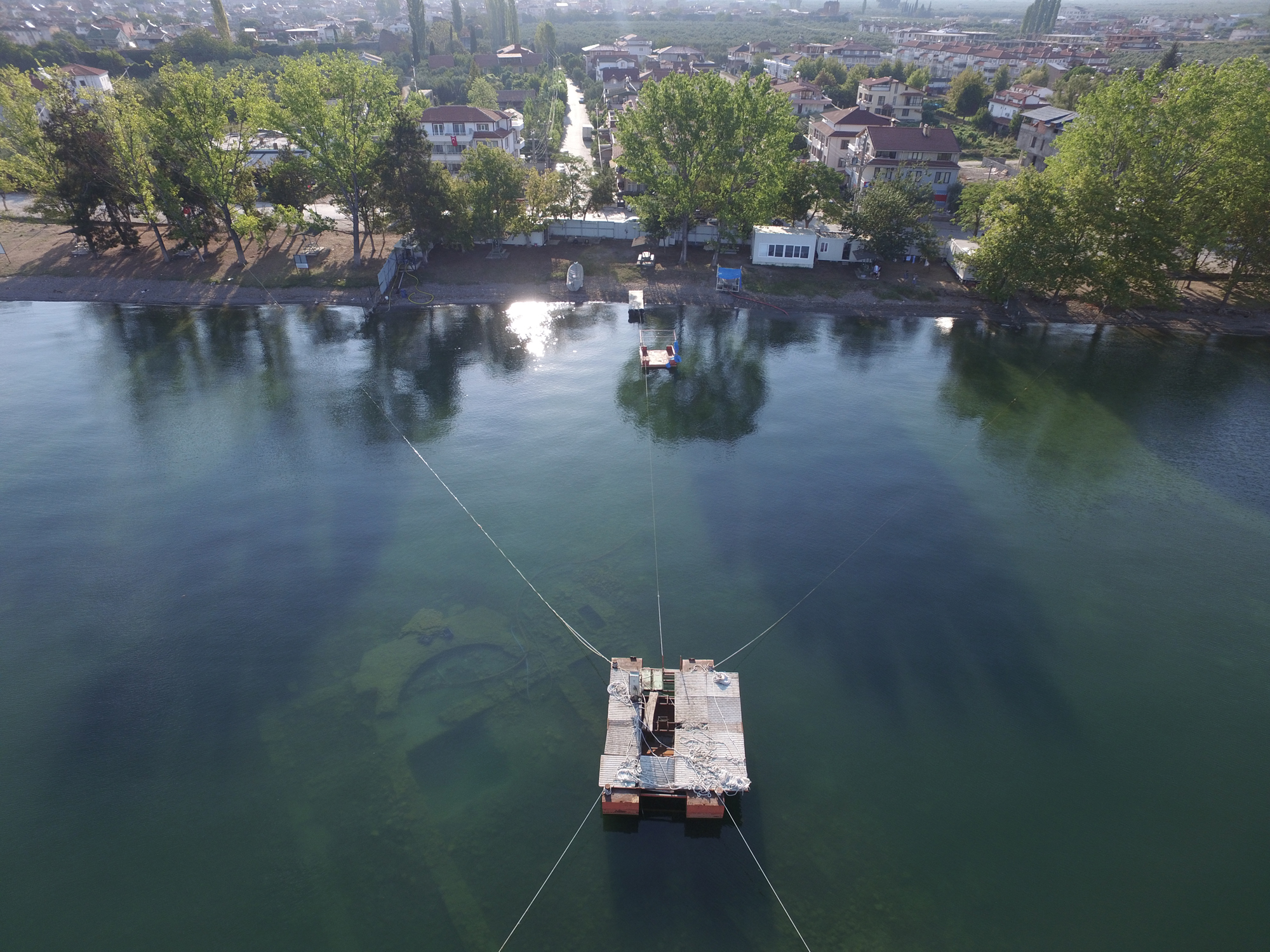
A 1,600-year-old Christian church covered by the waters of Turkey’s Lake Iznik is giving up some of its secrets to archaeologists.
The church was built around A.D. 390 on the shore of the lake beside the city of Nicaea, as Iznik was then known.
But it was destroyed in an earthquake in A.D. 740 and later became covered in water as the level of the lake changed. [Read more about the ancient church]
Underwater
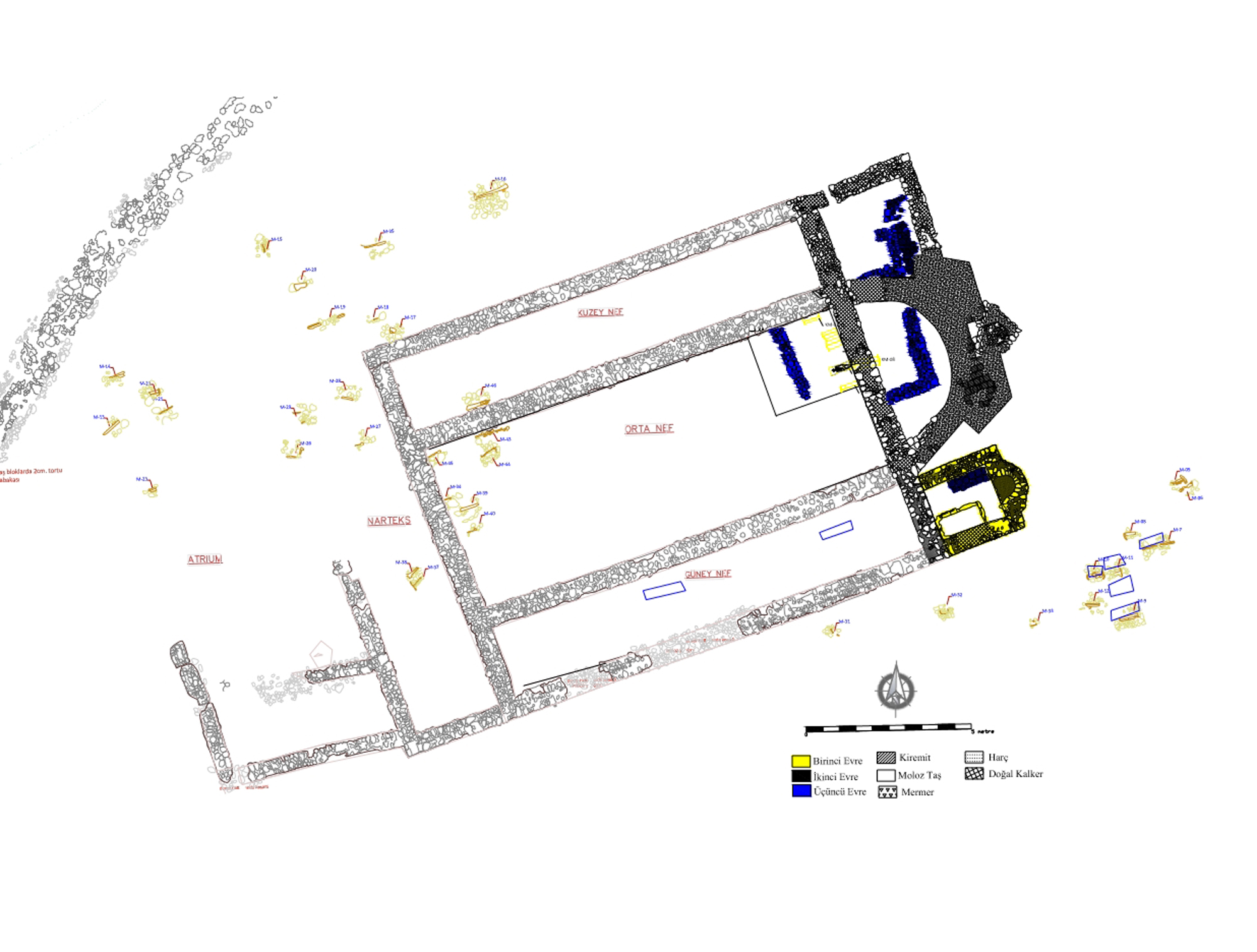
Archaeologists rediscovered the lake in 2014 using aerial photography.
The ruined church is built on the pattern of a Roman basilica, which in turn was based on pagan Roman buildings.
Excavating
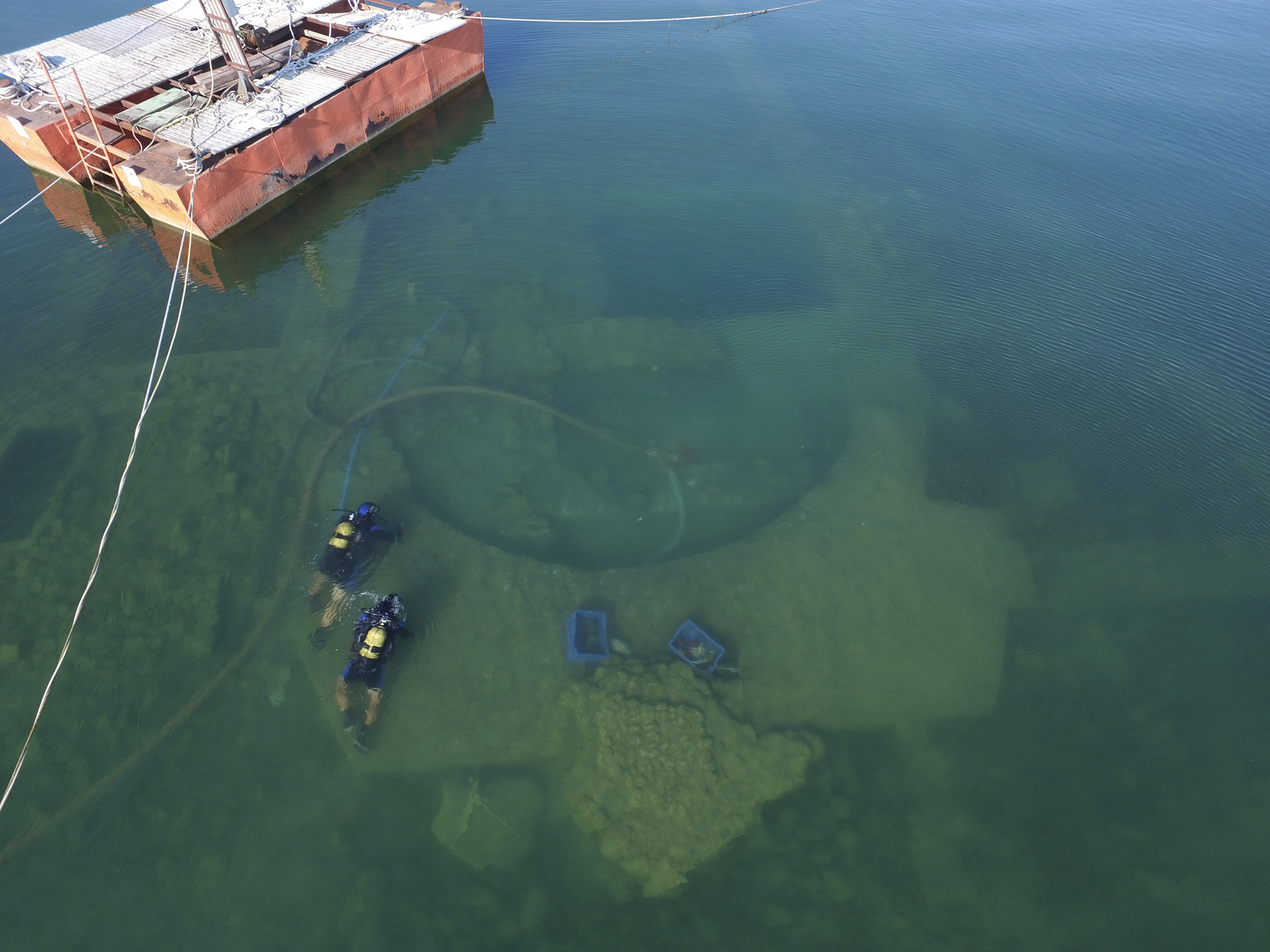
Archaeologists have excavated parts of the underwater site since 2015, using a system of powerful vacuum nozzles.
The vacuum nozzles remove soil from the underwater site and transport it to the shore, where it can be carefully sifted for artifacts.
Cloudy waters
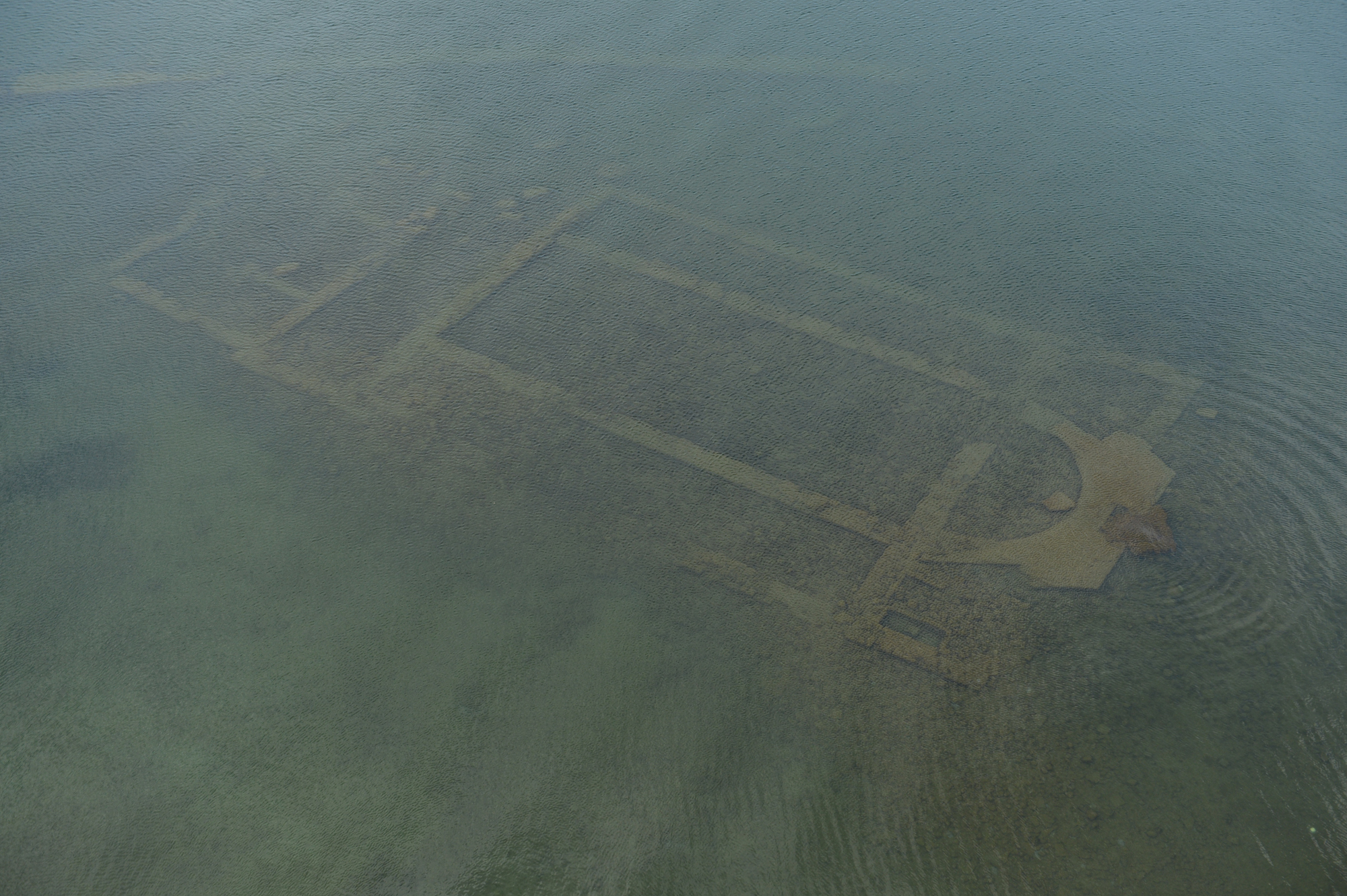
The warm climate of the region creates intense algae growth in the lake that can reduce visibility in the water to a few inches.
The excavations have been carried out by archaeologists from the Iznik Archaeological Museum and Bursa Uludağ University.
A famous place
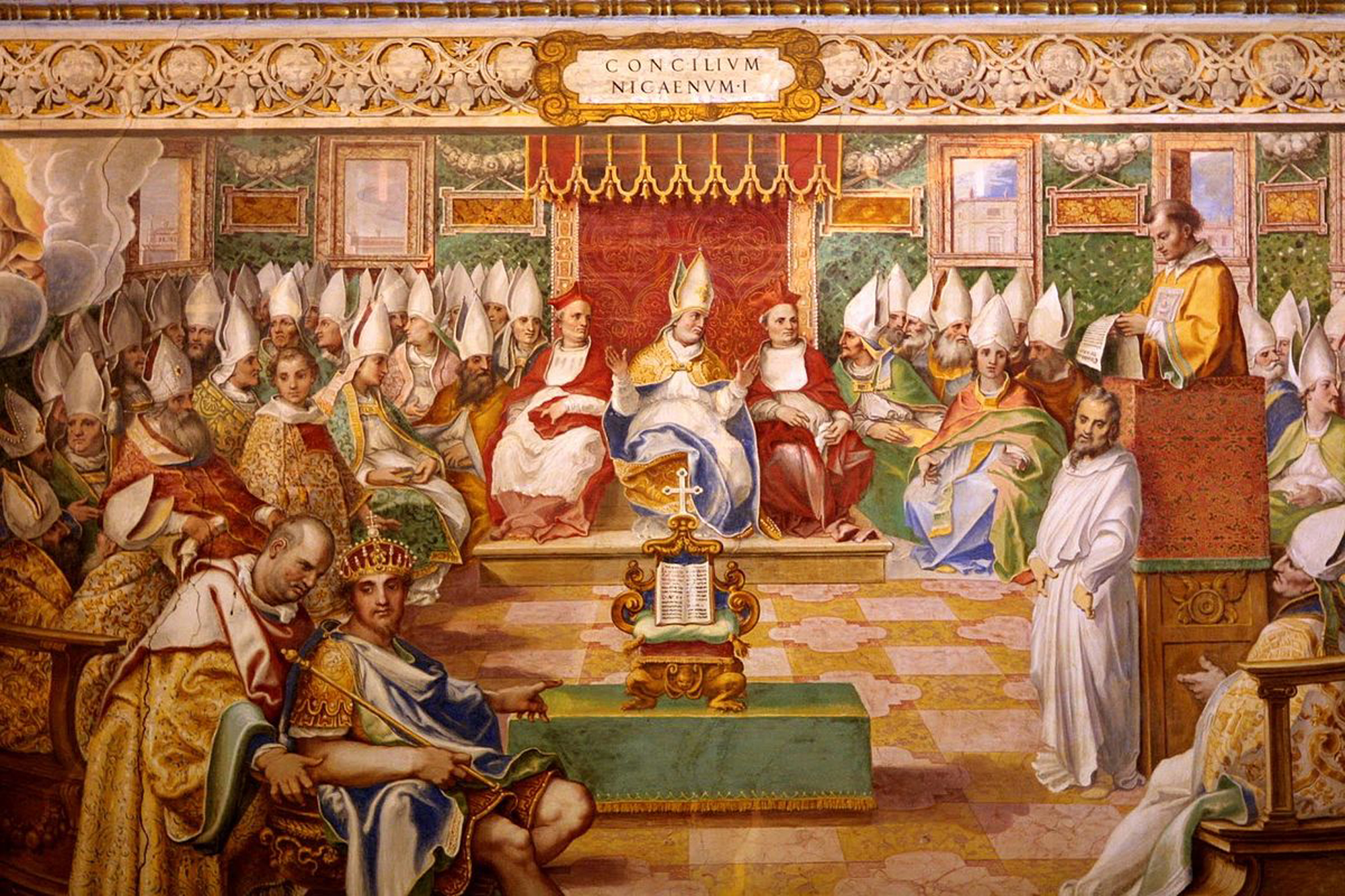
Iznik was known during the Roman and Byzantine periods as Nicaea.
The city became famous as the site of the first council of Christian leaders, convened there by the Roman emperor Constantine the Great in A.D. 325.
This 16th-century fresco in the Sistine Chapel in the Vatican shows Constantine presiding at the First Council of Nicaea.
Ancient money
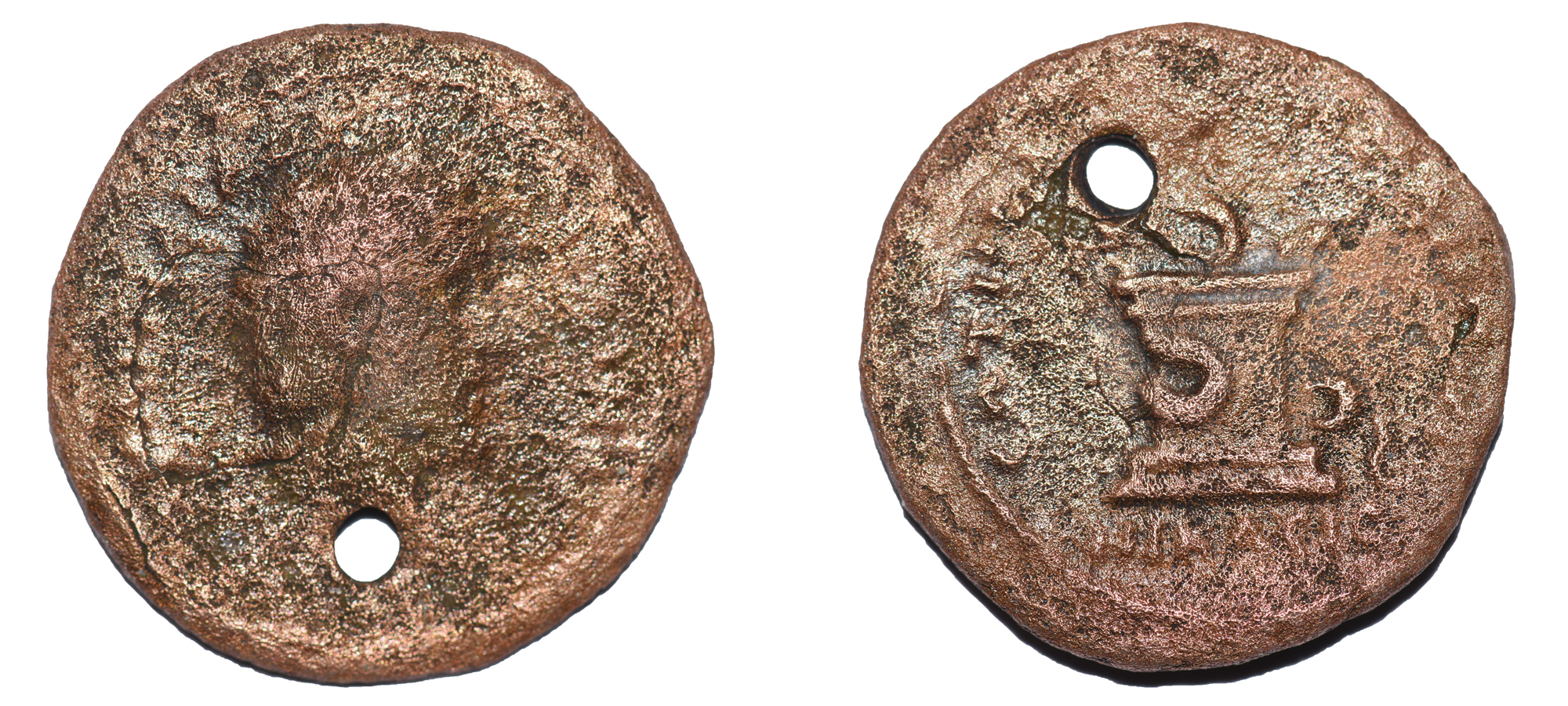
Archaeologists think the church in Lake Iznik was dedicated to an early Christian martyr, Saint Neophytos of Nicaea, who was executed in A.D. 303.
But some finds at the site, like these coins from the reign of the emperor Antoninus Pius (from A.D. 138 to 165) suggest the church may have been built over an even older pagan temple.
Lamps
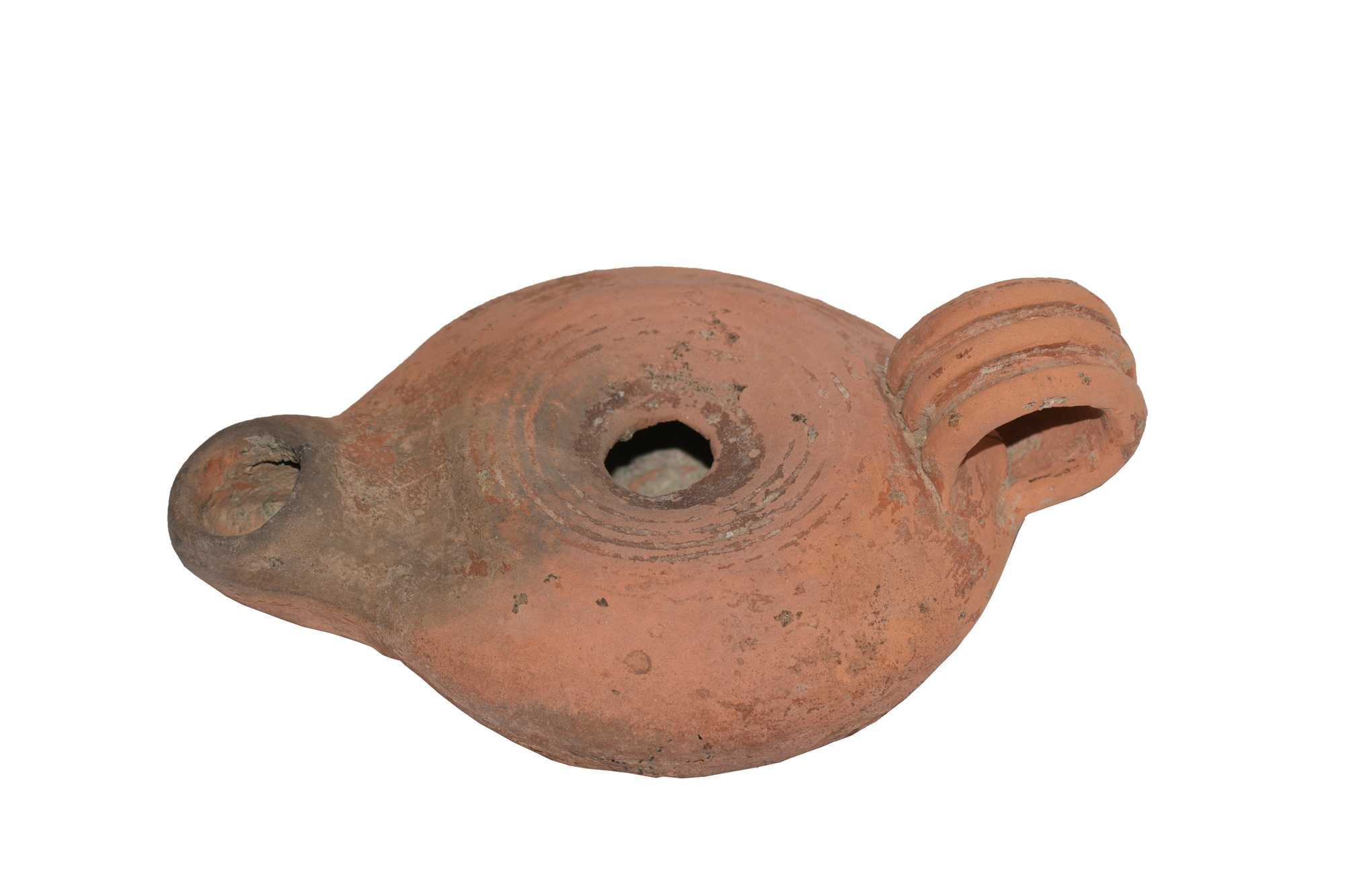
Other finds at the site include human remains in graves beneath the main wall of the basilica, and items like this Roman oil lamp from the third century A.D.
Sign up for the Live Science daily newsletter now
Get the world’s most fascinating discoveries delivered straight to your inbox.
GALLERY ONLY - Turkey Lake Ruins
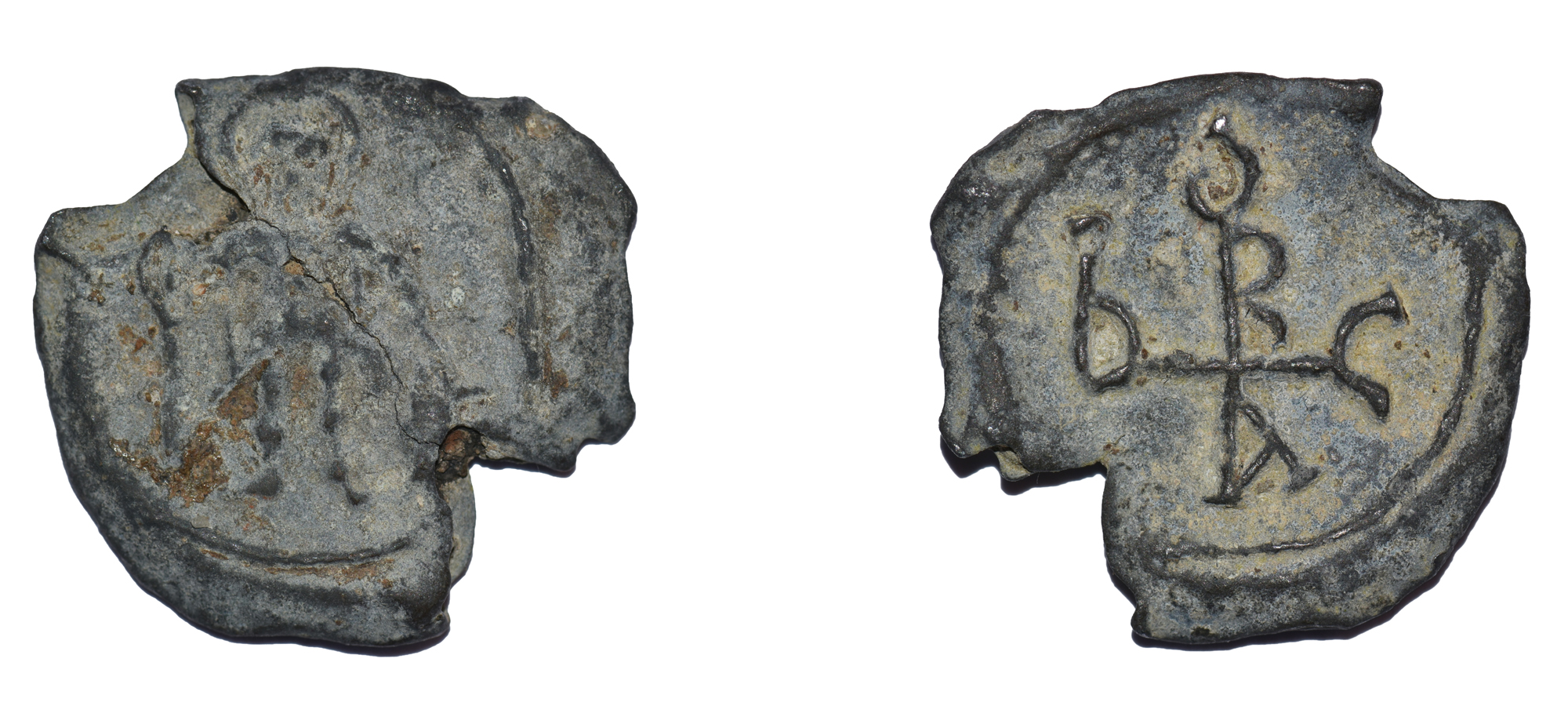
This early Christian lead seal from the submerged church at Lake Iznik shows a "soldier saint" on the front.
The reverse side shows a "Chrismon," a monogram made from the Greek letters chi and rho — the first letters of the Greek word Christos, meaning Christ.
New creative museum
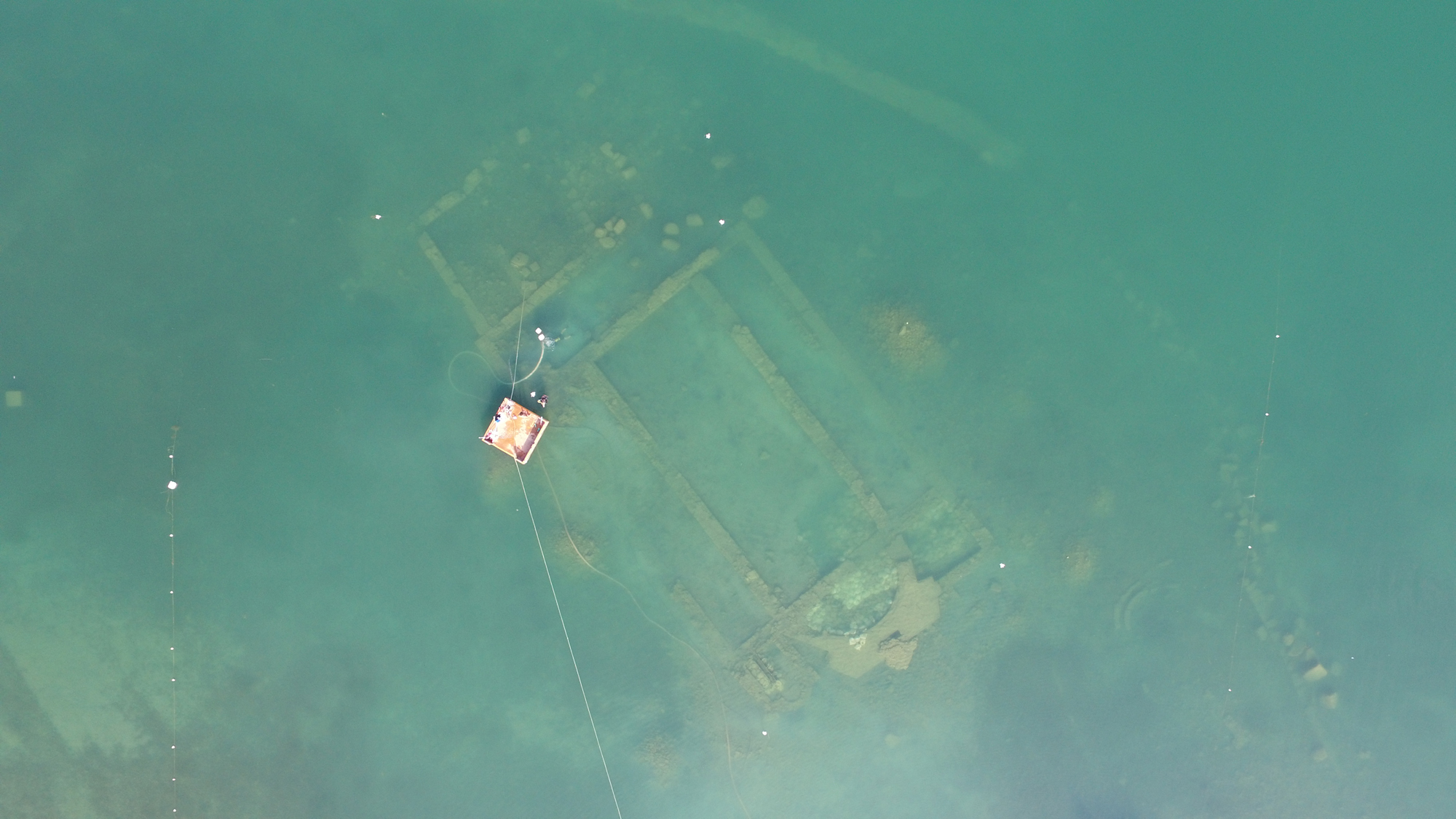
Archaeologists and local government leaders are now pushing for the submerged church in Lake Iznik to be developed as an underwater archaeological museum.
The museum would feature a walkway over the lake to the sunken ruins, a diving center and a glass-walled underwater prayer room in the middle of the church.
If the plans are approved, construction of the museum could begin this year and it could open to the public in 2019.
Tom Metcalfe is a freelance journalist and regular Live Science contributor who is based in London in the United Kingdom. Tom writes mainly about science, space, archaeology, the Earth and the oceans. He has also written for the BBC, NBC News, National Geographic, Scientific American, Air & Space, and many others.










